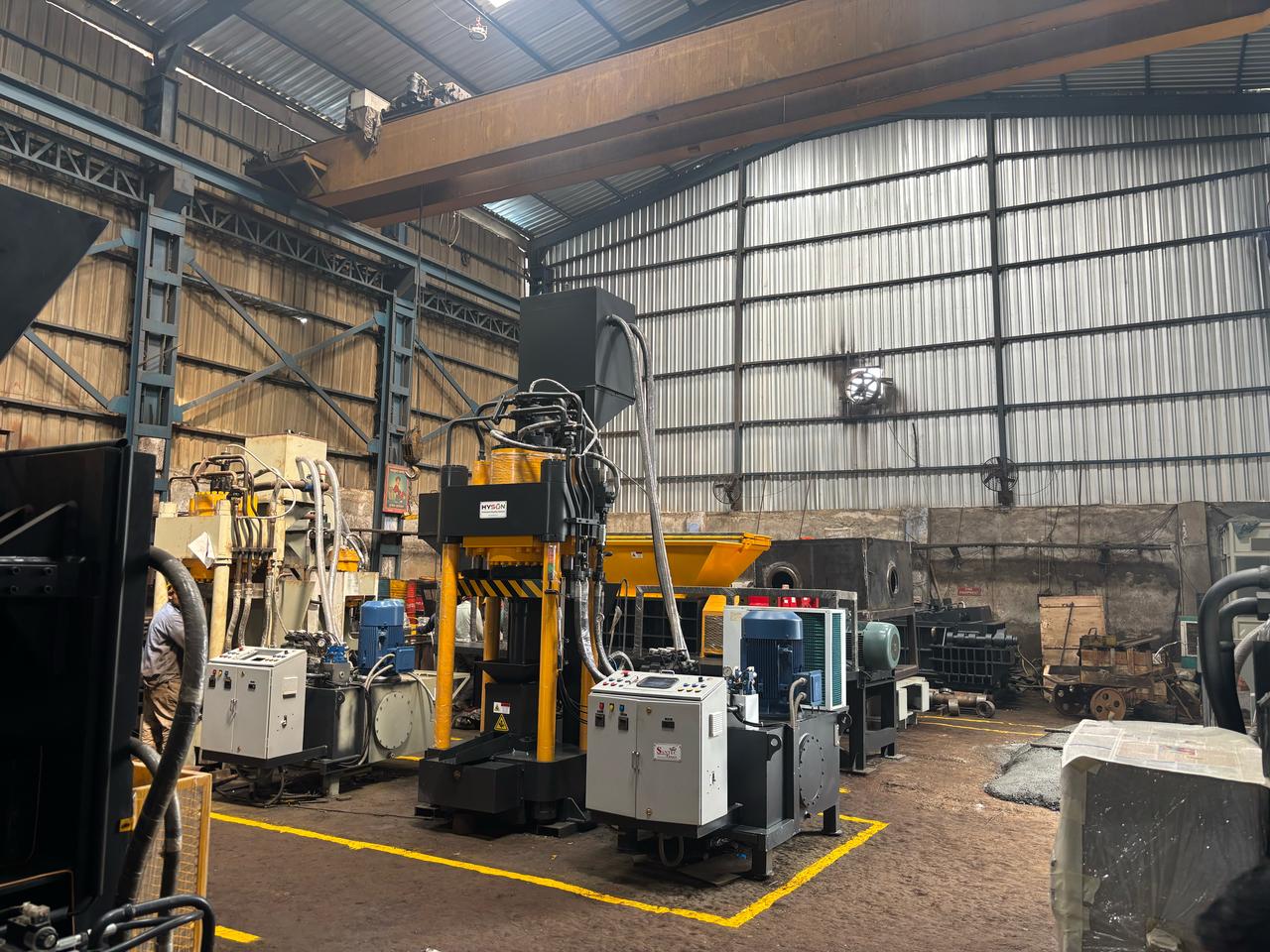In an era where sustainability and efficiency are paramount, the hydraulic briquetting press stands as a cornerstone technology for industries worldwide. This powerful machine transforms loose, bulky waste materials into dense, compact briquettes, offering a smart solution to waste management challenges that is both historically proven and continuously evolving for future demands. Unlike its mechanical counterparts, the hydraulic press utilizes immense, controlled fluid pressure, making it a versatile and robust workhorse for a multitude of applications.
The Core Principle: Harnessing Hydraulic Power
The fundamental operation of a hydraulic briquetting press is a marvel of Pascal’s law. The process typically begins with the collection and preparation of raw material—often metal chips, turnings, plastic scraps, or biomass like sawdust. This material is fed into a large chamber. A hydraulic ram, powered by a pump that pressurizes fluid, then applies an immense and steady force, compressing the material against a fixed mold or die.
This slow, deliberate application of pressure is a key differentiator. It allows the material to be compacted to its maximum density, consistently producing briquettes that are uniform in size and shape. The high pressure simultaneously forces out any trapped air or residual fluids, resulting in a final product that is not only dense but also stable. Once the pre-set pressure is achieved, the ram retracts, and the finished briquette is ejected, ready for handling, storage, or transport.
Key Advantages That Have Endured and Evolved
The enduring popularity of the hydraulic briquetting press is rooted in a set of compelling advantages that have been consistently demonstrated over time:
-
Unmatched High Density: The primary benefit is the exceptional density of the briquettes produced. This makes them ideal for cost-effective shipping and efficient storage, drastically reducing the volume of the original waste material—often by a factor of 10 to 1.
-
Versatility Across Materials: Hydraulic presses are renowned for their ability to handle a wide range of materials, from tough, stringy metal turnings to lighter, fibrous biomass. This flexibility has made them a longstanding favorite in diverse sectors.
-
Quiet and Low-Vibration Operation: Compared to the loud, jarring impact of mechanical punch presses, hydraulic systems operate with relative quiet and minimal vibration. This creates a better long-term work environment and reduces the need for special foundational requirements.
-
Handling of Oily or Wet Materials: The hydraulic process is exceptionally effective at compressing materials that contain cutting fluids or oils. The pressure simultaneously compacts the metal and expresses the liquids, which can be collected for recycling or proper disposal, an essential feature for modern metalworking shops.
Applications: From Foundries to Farms
The application of hydraulic briquetting presses spans decades and industries. In metalworking, they have traditionally been used to recycle aluminum, brass, copper, and steel chips, turning scrap into a valuable commodity for foundries and smelters. The agricultural and woodworking sectors increasingly rely on them to convert biomass waste—such as sawdust, rice husks, and straw—into clean-burning fuel briquettes. Furthermore, they are now being employed to compact non-ferrous materials like paper, cardboard, and plastic, supporting circular economy initiatives.
The Future is Automated and Efficient
While the core hydraulic technology is mature, the modern briquetting Machine is anything but static. Today’s advanced models feature sophisticated Programmable Logic Controller (PLC) systems that automate the entire cycle, optimizing pressure, dwell time, and ejection for different materials. These smart systems continuously monitor performance, providing real-time data and diagnostics to maximize uptime and productivity. This evolution towards Industry 4.0 compatibility ensures that the hydraulic briquetting press will remain a critical asset for years to come.
A Lasting Investment
From its initial development to its current state-of-the-art iterations, the hydraulic briquetting press has proven to be a timeless investment. It delivers immediate and long-term financial returns by converting waste into profit, reducing disposal costs, and improving operational efficiency. More than just a machine, it is a strategic partner in fostering a cleaner, more sustainable, and more profitable industrial operation, demonstrating that powerful solutions often stand the test of time.
